Trash Fish: Marine Debris Becomes Sculptures at Great Lakes Aquariums and Museums
By Natasha Blakely, Great Lakes Now
An array of more than 80 marine-debris-turned-art works will be making another Great Lakes stop, adding a lake sturgeon sculpture when it’s installed at a Wisconsin site next year.
Made entirely of plastic trash, these larger-than-life figures have realistic designs. They come as part of the traveling exhibit, Washed Ashore, which aims to educate people about plastic pollution.
How it does that is through sculptures, including the upcoming new lake sturgeon piece premiering in Green Bay. The fish in the exhibit is made entirely out of scavenged marine debris recovered from beaches.
“I basically want to wake up people to the plastic pollution issue in a way they couldn’t ignore it, and I wanted to reach the widest reach of people from the widest range of humanity,” said Angela Haseltine Pozzi, founder and former lead artist of Washed Ashore.
Local creations
Throughout the Great Lakes region, local organizations have created their own trash sculpture displays in the hopes of educating the public.
In Detroit, among the live creatures at the Belle Isle Aquarium is an exhibit with a fish made of colorful plastic trash, swimming over a bed of plastic bottles.
The trash fish is just one of the ways the conservancy tries to engage people with its anti-litter campaign and displays.
“It just came about as us knowing the impact litter has on our community,” said Genevieve Nowak, director of environmental initiatives and affairs with Belle Isle Conservancy. “How can we break that down in ways that the community can understand, especially children, the next gen that can really be doing work to combat this?”
Belle Isle had been hosting cleanups of the park for decades already. But in 2017, Nowak launched the “Keep Belle Isle Beautiful” campaign, and during that year’s Earth Day cleanup, the aquarium turned some of the collected plastic litter into the trash fish that’s now on display.
“It’s very much a public engagement piece that has an educational component, a cleanup component, all that was found on Earth Day on Belle Isle,” Nowak said.
It has been at the aquarium ever since, and there are no plans yet to take it down.
“It has been absolutely well received, so from the beginning we knew we were going to put it on display as we were creating it,” Nowak said. “People who participated still come see it. People will post pictures of it with the hashtag #KeepBelleIsleBeautiful, so I think it’s been well received as public art and as engaged art.”
The trash fish wasn’t the end of it. The following year, a trash flower was created out of more collected plastic debris, and the aquarium continues to make plans to keep adding to the art and the displays.
“As we do our cleanups, we continue to hold onto the more interesting things we find,” Nowak said. “For example, we found a time capsule that children made, we found vintage liquor bottles, vintage soda cans. We’re holding onto the more unique items in the hopes of doing something with them in the future.”
Visitors can see the trash fish at the Belle Isle Aquarium, and anyone can participate in the cleanups hosted by the Belle Isle Conservancy on the second Friday and third Saturday of every month.
COVID-19 doesn’t stop cleanup
Nowak had anticipated a disruption to cleanups because of COVID-19. For a short period, the conservancy had stopped holding cleanup events.
“The community was coming out and saying ‘We want to do cleanups. How can we support you?’ so I’m humbled by the community and their response, coming out and wanting to take responsibility for this gem,” she said.
Similarly, COVID-19 changed but did not stop a similar event held in South Haven.
“Make a Splash with Trash!” started last year. The event, a collaboration between the Michigan Maritime Museum and South Haven Center for the Arts, involves members of the public going out to collect litter and then coming together for an art-making workshop to create things with the trash they found.
“We wanted to be able to combine the importance of keeping our Great Lakes clean with art because we’re firm believers of STEAM curriculum,” said Ashley Deming, director of education and administration of the Michigan Maritime Museum. “We’re encouraging people to recycle what they can from what they find and also make art out of it and make the most out of it and thinking about the footprint we leave.”
Because of COVID-19 this year’s event involved the museum encouraging people to go out with their family and friends to do cleanups in their areas in small, limited-contact groups. That was followed by a live art event on Zoom and Facebook Live.
“Part of our mission is to enrich our community through the arts, so if we can be involved with projects that are collaborations with other organizations and our audiences, that’s really our mission work,” said Kerry Hagy, executive director of the South Haven Center for the Arts. “Being involved in this project we provided opportunities for arts educators and artists to be involved in a collaborative project that really is important for our community because we’re a beach town and a tourist town, and being stewards is important for us and our community.”
This year, the center’s intern, Maya Ankenbruck, made several different animal sculptures and a flower from trash collected off the beach, while guiding the public through making their own garbage creations.
“I hope in the future we can run with the idea of an artist making a creation with the trash collected from the beach, along with the public making their own beach trash art,” Hagy said.
Deming joined the event with her husband and 4-year-old daughter. She mentioned that with high water levels, there’s less beach, which can make the concentrations of trash seem larger.
“I was surprised and saddened to see as much trash as I saw,” Deming said. “A lot of it was not stuff that had washed up on the beach, it was very clearly left there by visitors and that was pretty sad. In about an hour cleanup, we pretty much filled a kiddie pool with trash from just the three of us.”
28 tons of trash turned art
Green Bay Botanical Gardens in Wisconsin isn’t Washed Ashore’s first Great Lakes stop – the exhibit has featured in Ontario, Minnesota, Illinois and New York – but it originated in Oregon.
“This whole idea was my idea,” Haseltine Pozzi said. “I basically wanted to save the ocean. I grew up coming to the southern Oregon coast and walking these beaches and I love these beaches.”
In 2004, Haseltine Pozzi had lost her first husband to a brain tumor and gone to the Oregon coast to heal, walking the beaches daily. The amount of plastic she saw on her walks inspired her with a new purpose in life – saving the oceans.
Washed Ashore didn’t launch right away, but by 2010 she created the nonprofit, and the first sculptures were ready to go. Over the years, the number of sculptures has hit more than 80.
“We’re actually creating a lake sturgeon so the sculptures can connect to the Great Lakes directly, and we’re putting a river otter that we have in the exhibit there, so we’re trying to connect with riverways, waterways, the Great Lakes definitely,” Haseltine Pozzi said.
Other than the stainless steel frames serving as a base, all the rest of the material for the sculptures come from the ocean. It isn’t supplemented by new supplies. It makes for a time- and labor-intensive process, because collecting the debris and making it sculpture-suitable takes time and energy.
None of the plastic gets colored either, with the artists instead waiting for the right color to show up among what they gather from beaches.
The result is a series of sculptures that aren’t abstract interpretations but look remarkably like the creatures they are meant to represent.
“We make it so (the public) can be educated and see items on the sculpture that they use in their everyday life and therefore they really get it,” Haseltine Pozzi said. “The sculptures have to teach by themselves, but they also have signage.”
Over the 10 years that Washed Ashore has been operating, the volunteers and artists have processed about 28 tons of garbage from beaches into more than 80 works of art.
“It’s estimated that we’ve reached 28 million people, in person, that have seen our work around the country in the last 10 years, so I feel like we’re making a difference,” Haseltine Pozzi said. “I know we are.”
Reception
The public has responded strongly to displays and events like Washed Ashore, trash fish and “Make a Splash with Trash!”
“I think people definitely receive these more unconventional or just not everyday exhibits, and they come and it’s a very safe space to learn about it, and it’s fun info that we don’t typically know,” Nowak said.
But some people react a lot more emotionally to the exhibits.
“I’ve actually had people stand and cry at the exhibits because they’re so moved and say things like ‘I’ll never look at plastic the same way.’ and ‘I didn’t know there was so much garbage in the ocean.’ and ‘What can I do about it?’ and our signage guides people with that like, what can you do today?” Haseltine Pozzi said.
The answer boils down to reusing what you can and buying alternatives that last.
“It does help, it does add up,” Haseltine Pozzi said.

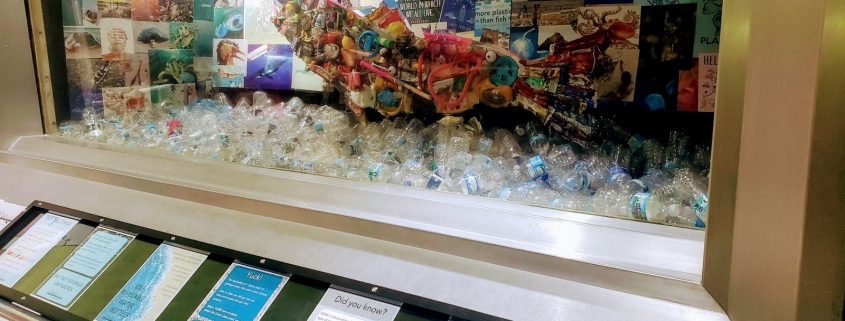
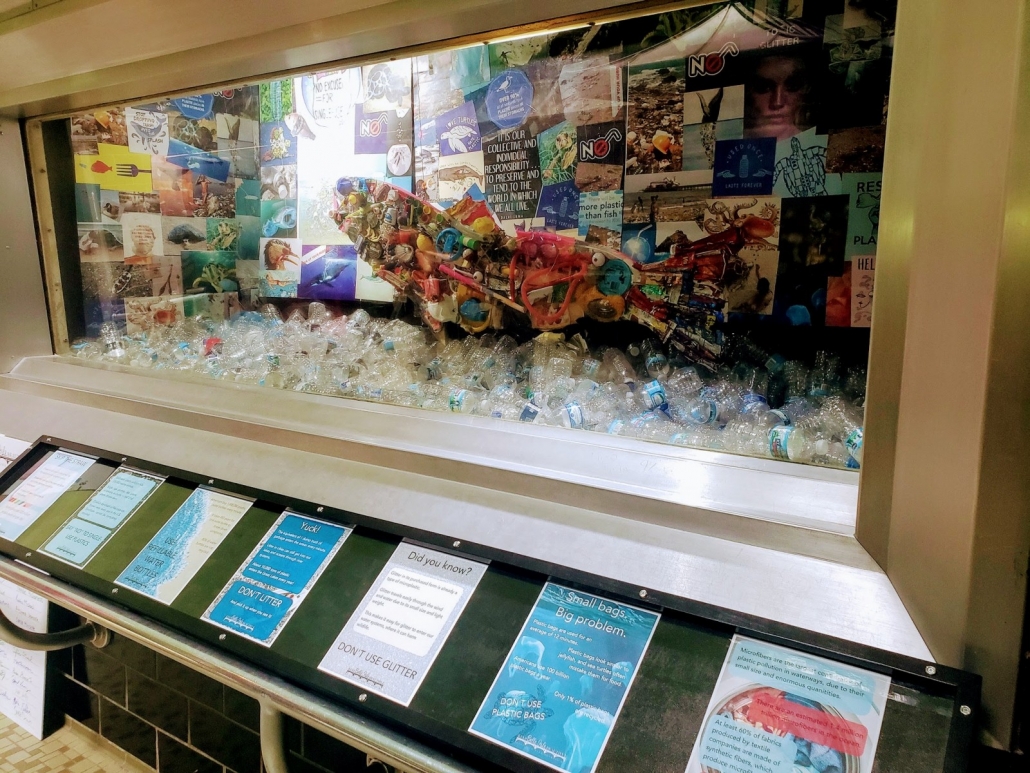
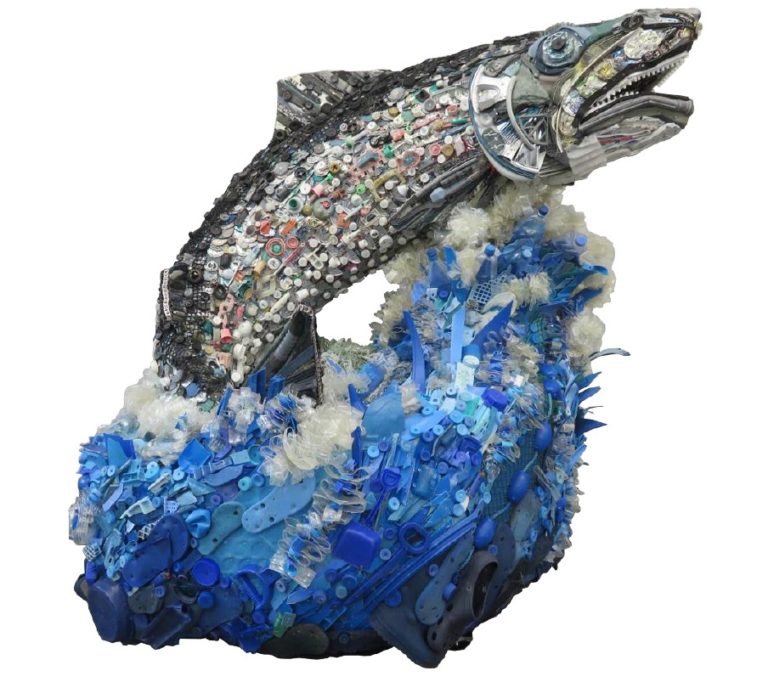
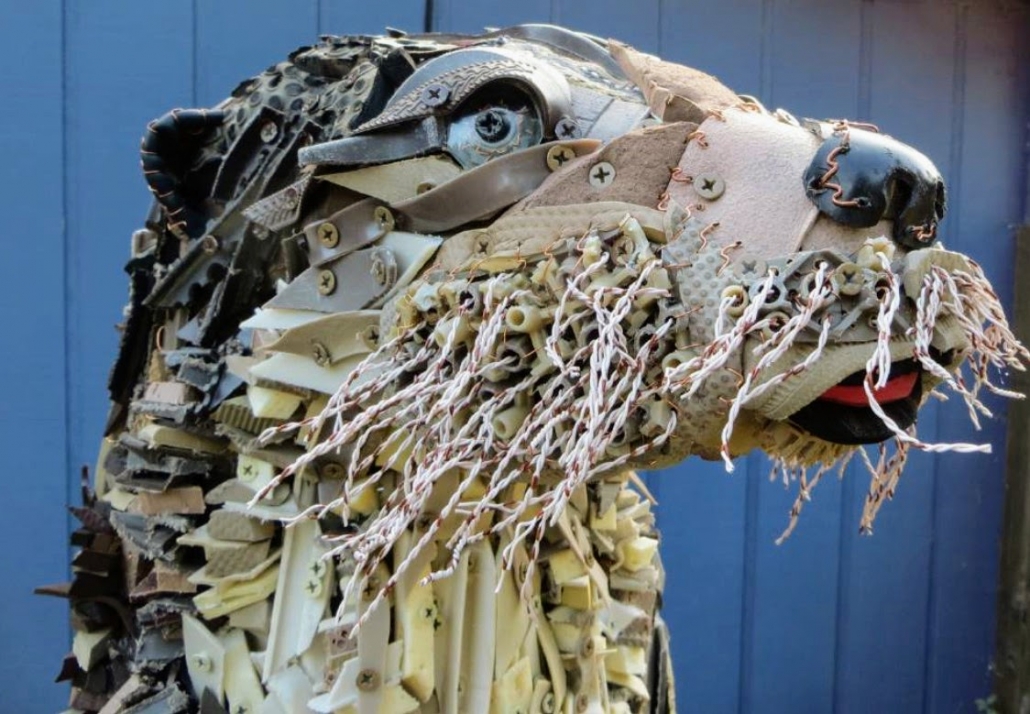
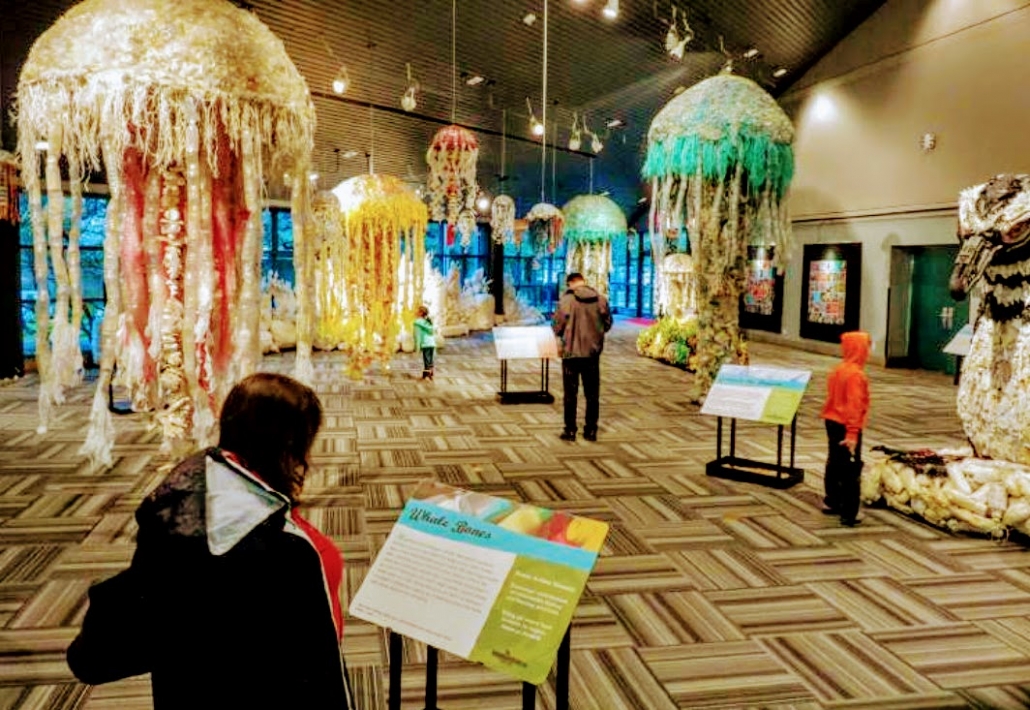
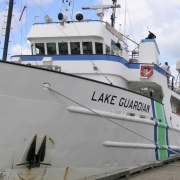

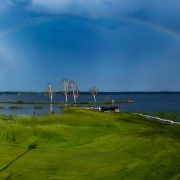

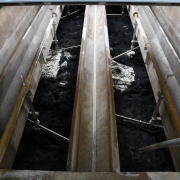
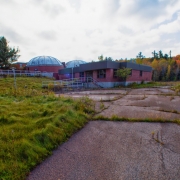


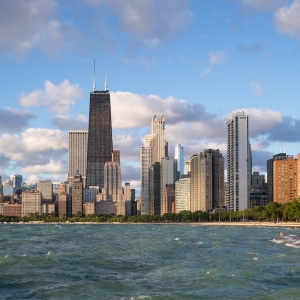
Leave a Reply
Want to join the discussion?Feel free to contribute!